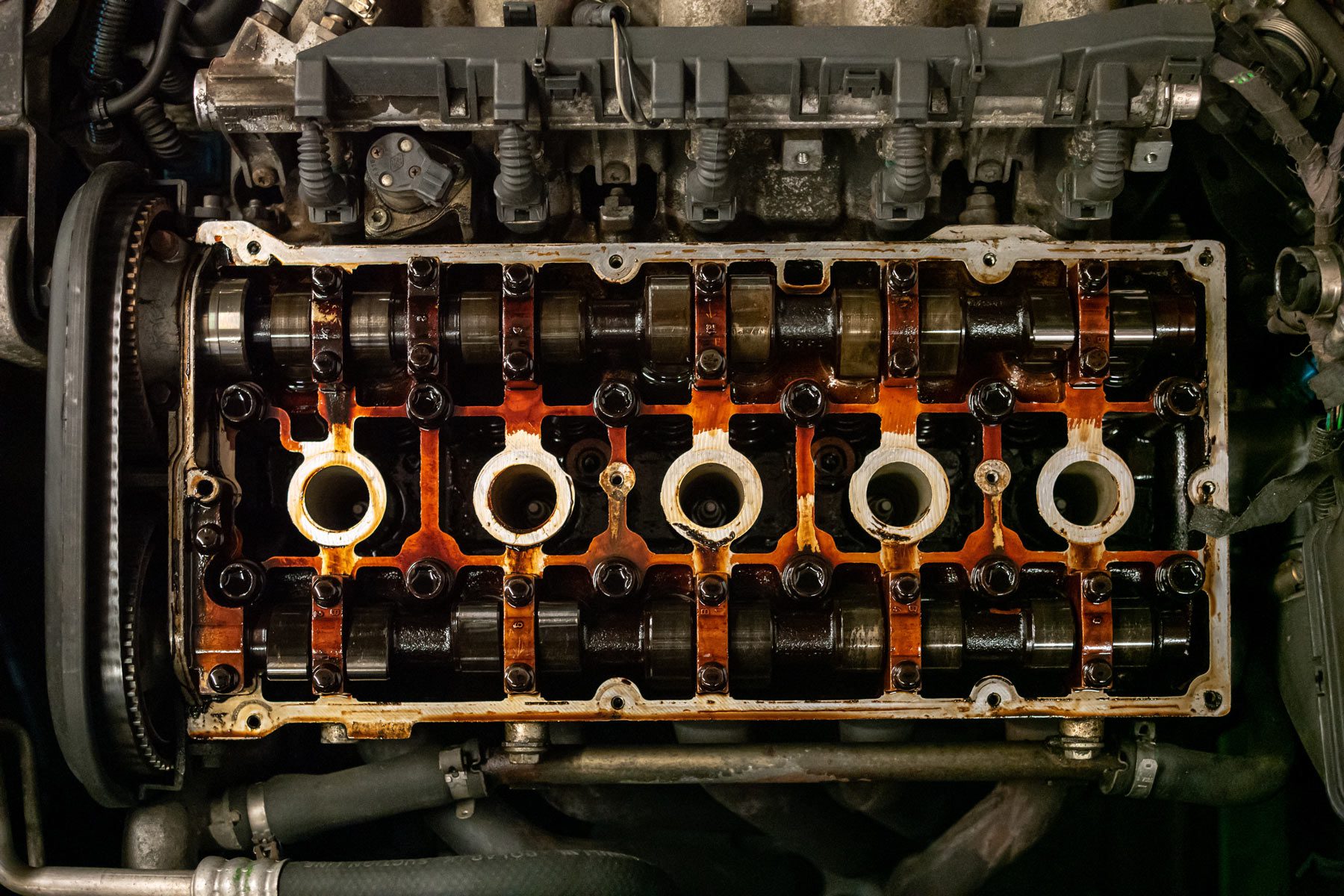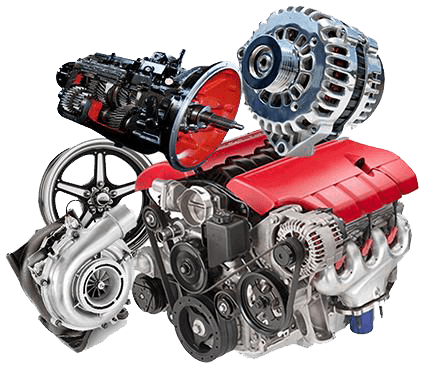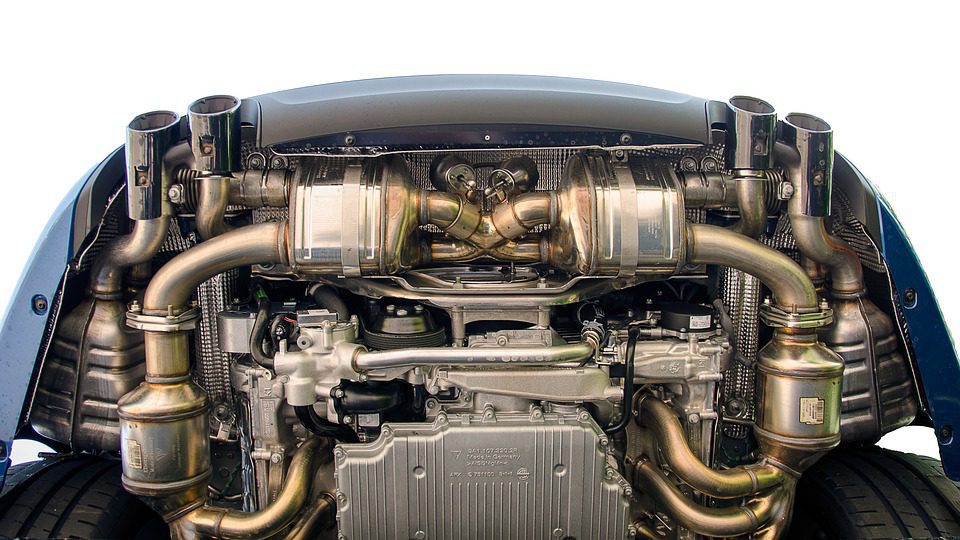Discovering the Inner Operation of a Compact Automobile's Engine System
As chauffeurs, we frequently consider approved the detailed procedures that occur within the boundaries of our lorry's engine system. The compact yet intricate machinery that propels us onward is a marvel of design accuracy and sychronisation. From the regulated surges in the combustion chamber to the meticulous timing of fuel injection, every element plays an essential function in the smooth operation of the engine. In this expedition of a portable lorry's engine system, we will certainly unwind the internal functions of this mechanical symphony, clarifying the secrets that drive us ahead on our daily trips.
Combustion Refine Overview
The burning procedure in a small lorry's engine system is a vital mechanism that effectively transforms fuel into power to power the lorry. This process takes place within the combustion chamber of the engine, where gas and air mix, fire up, and create regulated surges. The combustion procedure contains four primary phases: intake, power, exhaust, and compression.
During the consumption phase, the piston relocates downward, attracting in a combination of air and fuel into the burning chamber. This descending movement generates the power needed to drive the automobile. This cyclic combustion process is essential to the operation of a compact vehicle's engine system, guaranteeing reliable energy conversion for propulsion.
Piston and Cyndrical Tube Interaction

The piston's accurate fit within the cyndrical tube is essential for preserving ideal compression and preventing energy loss throughout combustion. Tight clearances between the piston and cyndrical tube wall surfaces guarantee effective securing, permitting the piston to move smoothly without enabling gases to leakage past. Correct lubrication is also crucial to decrease rubbing and wear between these parts, improving long life and efficiency.
Moreover, the layout and products utilized in producing the piston and cylinder impact engine effectiveness and toughness. Modern engines often use light-weight yet resilient materials like aluminum alloys for pistons and cylinder liners to lower inertia and improve thermal performance. In general, the unified communication between the piston and cyndrical tube is fundamental to the engine's functionality and total efficiency.
Fuel Injection System Functionality
Gas injection systems in compact lorry engines play a vital duty in precisely providing gas to the combustion chamber for effective and regulated ignition. The gas injection system functions by infusing fuel right into the burning chamber at the optimum minute throughout the engine's operation (opel corsa engine). This accurate timing ensures that the fuel blends equally with the air for correct burning, bring about boosted fuel efficiency and minimized emissions
There are mostly two kinds of gas shot systems utilized in compact vehicle engines: port fuel injection (PFI) and straight fuel injection (DFI) PFI systems infuse fuel right into the intake port before the consumption shutoff, while DFI systems inject fuel directly right into the burning chamber. Both systems have their advantages, with DFI offering better gas atomization and PFI giving a more affordable solution.
Comprehending Engine Air Conditioning Systems
Effective procedure of a portable car's engine counts heavily on the efficiency of its cooling mechanisms. The cooling system in a portable lorry commonly consists of a number of parts working together to control the engine temperature level. Comprehending these engine cooling mechanisms is important for preserving the performance and visit homepage long life of a compact automobile's engine system.

Exhaust System Elements Explained
The ideal performance of a compact car's engine air conditioning systems depends on a corresponding system understood as the exhaust system, which comprises various crucial elements for making certain reliable discharges and engine performance. The exhaust system includes components such as the exhaust manifold, catalytic converter, muffler, and tailpipe. The exhaust manifold collects exhaust gases from the engine's cylinders and routes them to the catalytic converter. browse around this web-site The catalytic converter after that converts hazardous toxins in the exhaust right into less dangerous discharges before launching them with the muffler and tailpipe.
One vital element of the exhaust system is the oxygen sensing unit, which checks the oxygen degrees in the exhaust gases to help control gas consumption and guarantee optimum engine efficiency. opel corsa engine. Additionally, the resonator might exist in some exhaust systems to decrease sound levels. Generally, the exhaust system plays a crucial duty in keeping engine performance, decreasing hazardous emissions, and making sure a quieter driving experience for small automobile owners

Conclusion
In final thought, the small automobile's engine system is a complex mix of parts that collaborate to help with the combustion process, convert gas right into energy, and get rid of waste gases. Comprehending the internal functions of the engine system, including the piston and cyndrical tube interaction, fuel injection system, engine air conditioning systems, and exhaust system components, is essential for preserving ideal efficiency and effectiveness of the lorry.
The burning process in a compact car's engine system is a crucial mechanism that successfully transforms fuel into energy to power the vehicle.Fuel injection systems in small automobile engines play an essential function in precisely providing gas to the burning chamber for reliable and controlled ignition.There are mainly 2 types of fuel injection systems made use of in portable car engines: port gas injection (PFI) and straight fuel shot (DFI) Comprehending these engine air conditioning mechanisms is essential for keeping the efficiency and durability of a small lorry's engine system.
The ideal functioning of a compact vehicle's engine air conditioning mechanisms depends try this out on a corresponding system recognized as the exhaust system, which comprises different essential parts for making certain efficient exhausts and engine performance.